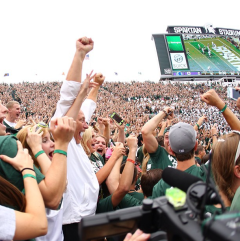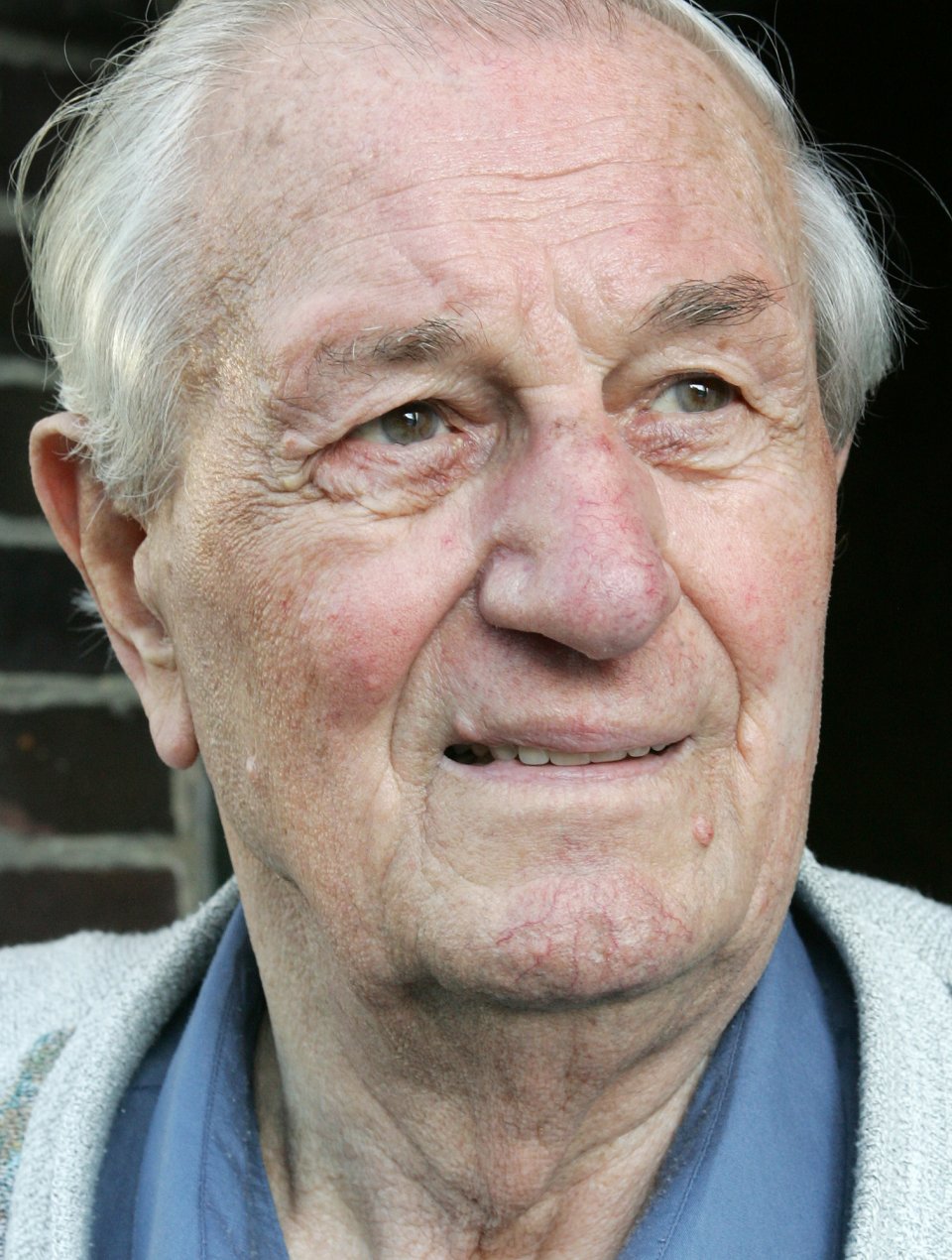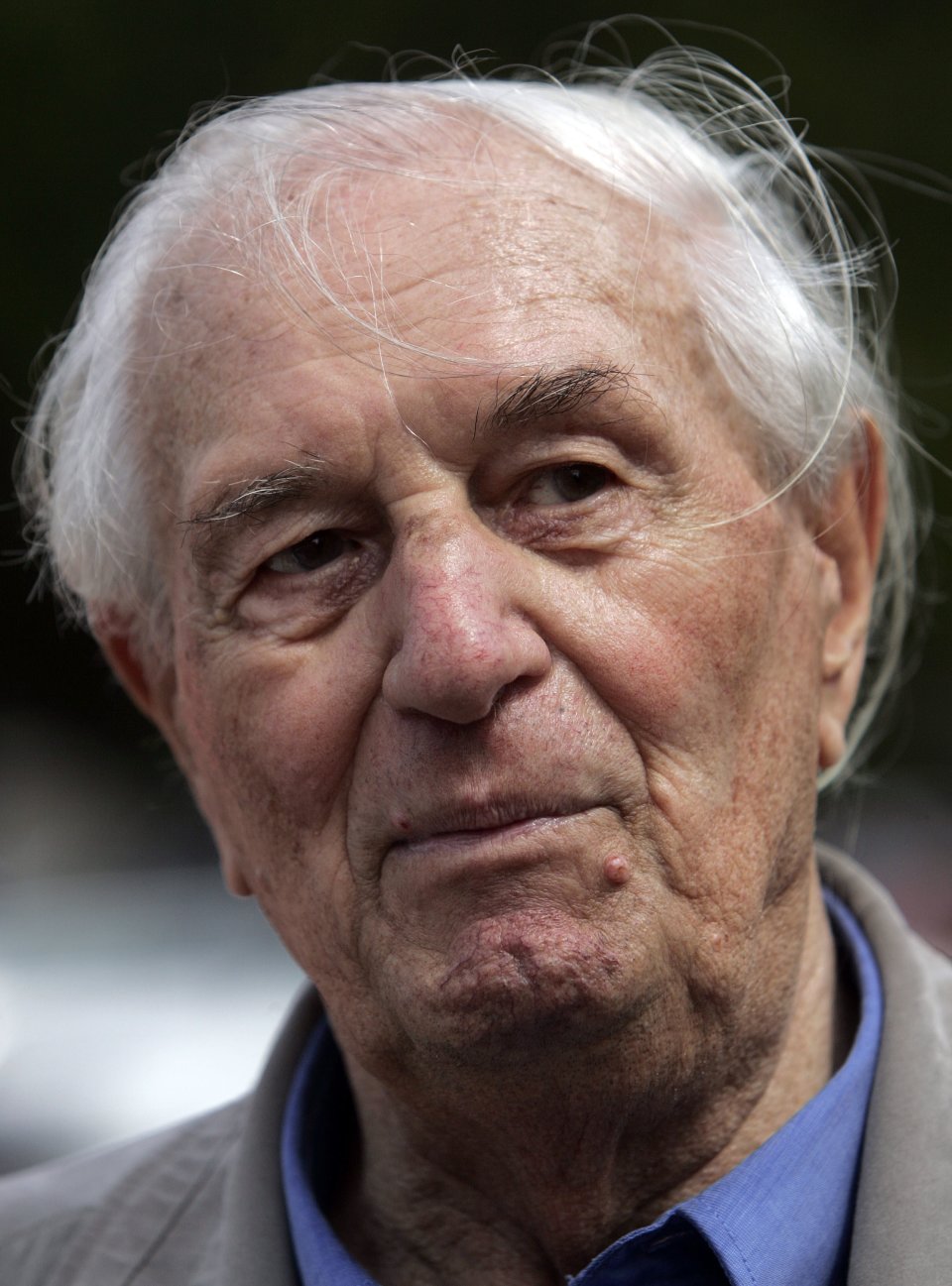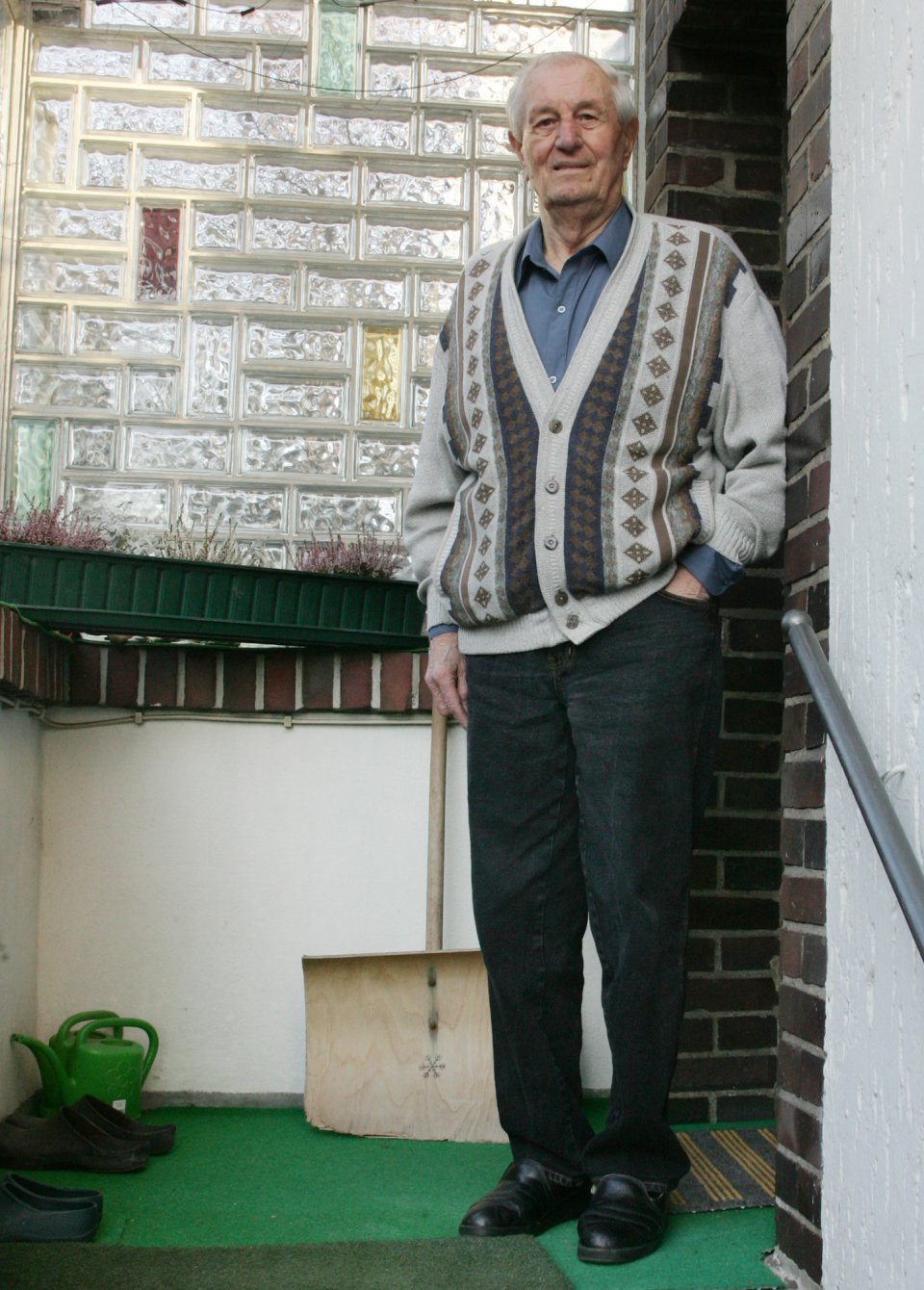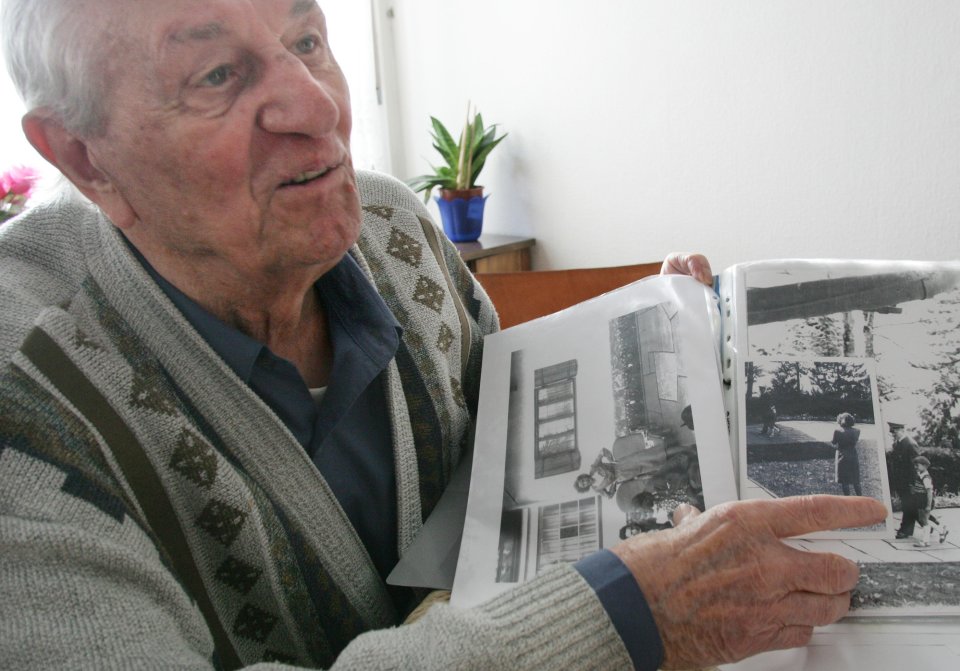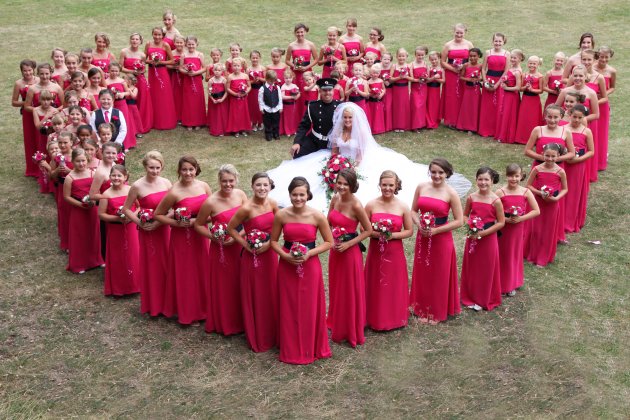You aren't a dimwit. You're just stressed.
According to a recent study published in Science magazine, if you're poor and mismanage your money, you may be very capable of making good financial decisions. But you're trapped in a vicious circle: The inevitable problems that come with being poor are likely affecting your judgment, which means you're making bad decisions, which end up making you even more poor.
With that in mind, if you're financially struggling - or know someone who is - here are three ways people end up throwing money away when making common financial decisions: buying a house, buying a car and investing in a retirement plan. They're all generally good ideas, of course, but just because you're doing something smart doesn't mean you're doing it right.
Stretching to take out a mortgage. Few personal finance experts will say it's stupid to buy a house - but they will tell you that you can buy one too early in life, before you're financially ready. Many people also buy too big of a house.
"I can't tell you how many people I've seen get swept up in the romantic notion that they need to own a home or that they need to own a more expensive home, only to later regret it when they end up with a beautiful place but no money," says Scott Halliwell, a certified financial planner with USAA, a national financial services company based in San Antonio that mostly serves military members and their families.
[Read: 5 Financial Decisions That Sound Smart But Are Really Dumb.]
Halliwell says too many people try to buy a house before they've learned to budget. These red flags, he says, should alert you that you aren't financially ready: if you don't yet have an emergency fund, you can't save up for a sizable down payment (20 percent is standard) or you're trying to find another way to buy a house, such as taking on a high interest rate in place of having that down payment.
He has a point, especially considering that a house comes not only with a monthly mortgage that you'll likely be paying for the next 30 years - but also homeowners insurance, yard maintenance, appliances and furniture to buy and the inevitable home repairs. Most lenders say your house payment shouldn't be more than 30 percent of your income, so if you're searching for a way to buy a house that is going to be, say, 40 or 50 percent of your income, you might want to do some serious reconsidering.
Halliwell adds: "We always talk about how much money someone can save if they just stop drinking fancy coffee. The truth is, coffee doesn't do anywhere near the damage this move can."
Buying a too-expensive car. If you're not paying attention, the car you're buying may not seem all that expensive. The auto finance manager may suggest that instead of three years, you pay for six, and that $531 monthly payment for an $18,000 car decreases to $282, obscuring the fact that you'll end up paying far more in the long run, especially if you aren't getting a good interest rate.
For instance, if your car's interest rate is around 4 percent, which is average these days, paying the loan over six years instead of three means you'll pay $1,145 more just in interest. That might be worth it for the lower payments. But let's say you have bad credit and you're paying a high interest rate. Buying an $18,000 car at 18 percent (a typical interest rate if your credit score is, say, 550 and you're buying a used car) and paying it over three years means you'll shell out approximately $5,000 just in interest. Spreading the loan over six years means your interest alone will climb to $11,000. Your $18,000 car is actually a $29,000 car.
[Read: 6 Money-Saving Strategies That May Cost You In the Long Run.]
Of course, it can be easy to rush into buying a car, especially if your current vehicle is on life support. But not only should you make use of the many monthly loan payment calculators for car-buying on the Web, remember to research how a new or new-to-you car will affect your insurance and your auto's gas mileage.
"We're certainly a nation in love with automobiles, and I'm right there with the crowd," Halliwell says. "Even so, I'm forever amazed at the number of $40,000 to $50,000 cars and trucks I see on the road every day. The payments on those loans are huge by average financial standards, and the cars are often worth thousands less than the purchase price within days of buying them."
Many experts suggest ensuring that the car you buy is no more than 1/10th of your gross annual income. So if you make $70,000 a year, you shouldn't buy more than a $7,000 car. Even if that doesn't seem realistic, it's a good blueprint to try to follow. After all, six years is a long time to lock yourself into paying for a car, which depreciates the moment it is driven off the lot.
"I regularly get questions from people about what they can do to fix their auto loan situation when only three years into their six-year loan term, their circumstances change and they can no longer afford the payment," Halliwell says. "Unfortunately, in many cases, they owe thousands more on the loan than the vehicle is worth, so they're often stuck."
Withdrawing money from your retirement plan for anything other than retirement. Yes, times are still tough for some people, but short of dredging up money to save your house from going into foreclosure or raising ransom money for a kidnapper, most financial gurus will tell you to stay away from your 401(k) or individual retirement account.
[See: 12 Money Mistakes Almost Everyone Makes.]
"Too many people take money out of a qualified plan or IRA to pay for everyday expenses. The Department of Labor has a word for this: 'leakage,'" says Kenn Tacchino, professor of taxation and financial planning at Widener University in Chester, Penn.
How devastating can it be? Tacchino says that when he is in the classroom, he offers his students this example:
"A 25-year-old is getting married and he wants to buy a $5,000 engagement ring. He is in the 28 percent marginal bracket and he will pay a 10 percent penalty to take the money from his IRA. He will need to take out $8,064 to buy the ring and pay the taxes. He throws caution to the wind and takes out the $8,064. Five thousand goes to buy the ring, and $3,064 goes to taxes. Had he kept the money and earned an 8 percent rate of return, he would have had over $195,000 at 65 for retirement. That's quite a ring!"




